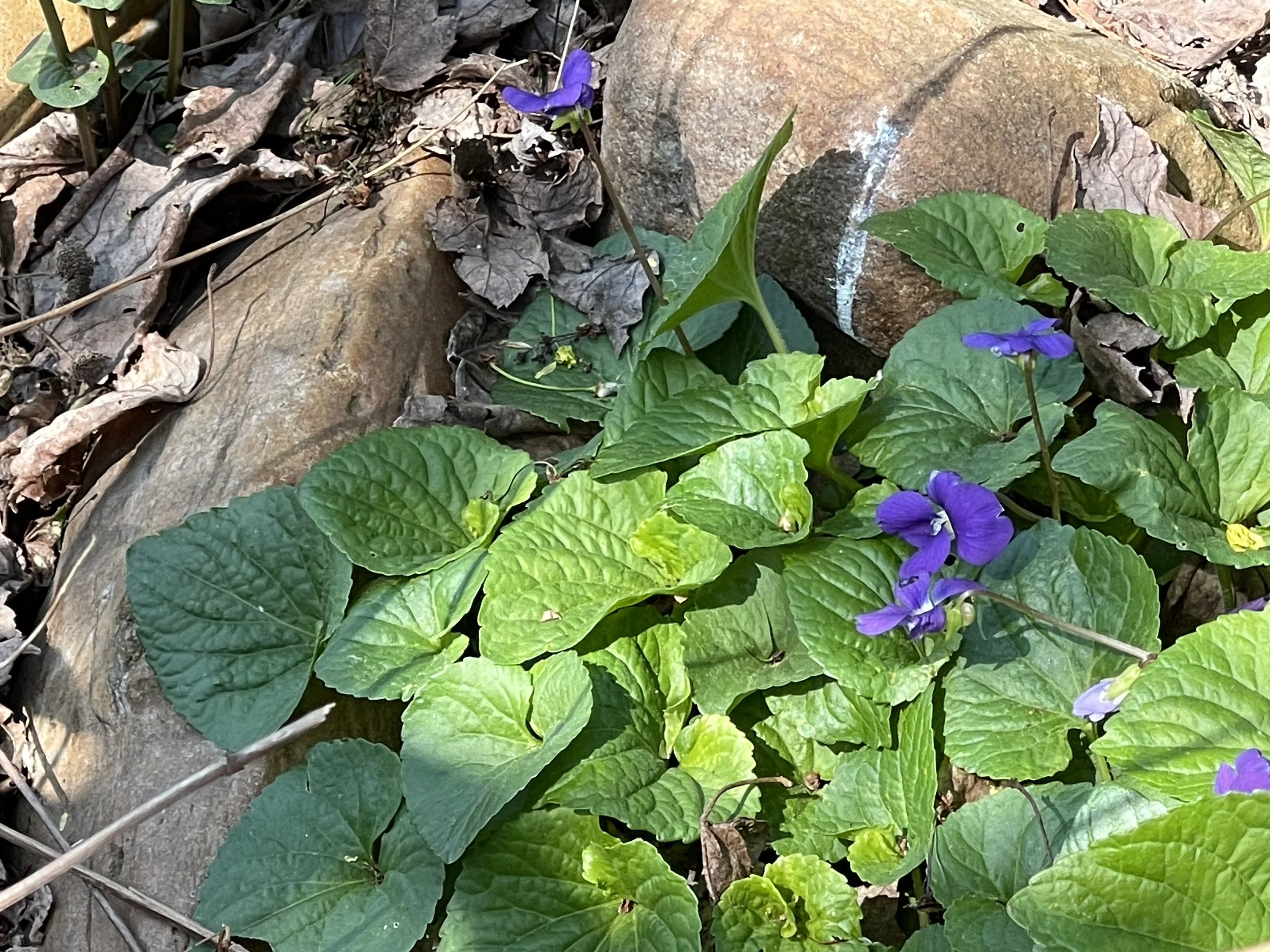The Great Spangled Fritillary Butterfly and Your Garden
Photo by V. Bray
How to Attract These Beautiful Pollinators
The great spangled fritillary is an orange and copper colored butterfly which can be found in most of the US and Southern Canada. These butterflies are a beautiful sight in the garden as the sun glints off their almost metallic wings. Once a common butterfly, it is not as easily found in the suburbs as more homeowners turn to chemically-treated lawns and leaf blowers. The great spangled fritillary needs both a “weed” (violets) and fallen leaves to survive.
The great spangled fritillary caterpillar only eats violets. Chemicals sprayed on lawns, kill these native flowers while the American obsession with turf makes violets harder and harder to find. If an adult fritillary is unable to find violets, then she will not lay eggs. Allowing for a more naturalized lawn with violets and clover is imperative to re-establishing pollinator habitat and the great spangled fritillary. Even more so choosing not to treat your property with chemicals will keep pollinators safe from absorbing any of those poisons. Be aware that most fertilizers contain weed killers which are deadly to butterflies, bees, and moths.
While keeping your yard chemical free will allow violets to repopulate, the great spangled fritillary does not lay her eggs directly on the plant’s leaf. Instead, she lays her eggs on fallen leaves near the violet plants. In America fallen leaves are called “leaf litter” as the natural process of trees seems to be considered a nuisance. Allowing fallen leaves to remain on the ground near violets is the only way a fritillary will be able to lay eggs. In general, leaving fallen leaves on the ground throughout your garden, is best for pollinators.
In order to host a population of great spangled fritillary butterflies, the two conditions of having the host plant, violets, and fallen leaves must be met. A more natural garden or yard with less bark mulch and no chemicals, will attract many other pollinators as well. This look, though, defies the common suburban homeowner aesthetic shown on so many home remodeling shows and commercials. But, in the long run using less chemicals not only saves pollinators but protects our drinking water from becoming even more contaminated with these poisons. Also, leaves on the ground decompose making soil nutrient-rich and able to sustain life. Without pollinators we would lose over one-thousand food crops. Without nutrient-rich soil we will not even be able to grow crops. Saving the pollinators is saving ourselves and the resources we need to survive. Can you change your idea of what a garden or yard looks like? It’s the first step.
Violets surrounded by fallen leaves are inviting to fritillaries (photo by V. Bray)

